Brief overview
Jordan, an ancient land where human habitation has been widespread since the Paleolithic period, lies along the western borders of the Dead Sea. With Read Sea on the south side. Syria, Iraq, Palestine, Saudi Arabia and Israel happen to be neighbors. Out of all the cities; Amman has been the center of attraction for a long time due to being very culturally rich and financially competent.
Although small, it still has an upper middle-income economy. The reason also lies in the fact that it has a skilled workforce, it attracts large medical tourism in the health sector, as well as a good destination hub.
HISTORY (EARLY CLASSIC PERIOD)
- To date back the first evidence of habitation here is 2,00,000 XNUMX XNUMX years. Several tools and remains have been found. In fact, even the world's oldest evidence of a break was found on one of Jordan's websites.
Popular agricultural village began here between 10,000–4,500 BC. Ain Ghazal, is such a village from prehistoric times where a lot of evidence has been found.
Proper urban layout began to establish itself as early as the Bronze Age around 4000-1200 BC. Trade definitely continued to grow; even with the utilization of resources from other neighboring countries. Ancient Egyptians tried to control few regions until the Iron Age. - From 324-636 AD the Byzantine Empire had complete influence over the region, and Christianity soon became the official religion of the state.
- The place developed a lot during this time, and churches were built in most places.
- A very landmark church - "Aqaba Church" was built during this time and is the world's 1
st
Specially built church.
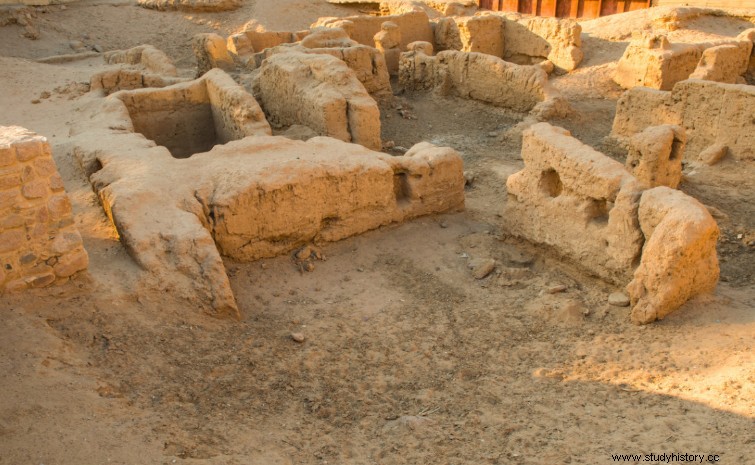
Considered more like tribal groups now; In ancient Jordan, three great empires - Ammon, Edom and Moab - were powerful after the Iron Age
With little unrest in the beginning, but led to the victory of the Roman Empire around 63 BC. the three kingdoms lost their identity and became integrated into part of the Romans. The Romans actually ruled for about 4 centuries.
HISTORY (ISLAMIC AND MODERN TIMES, JORDAN)
- I 636 AD the Muslims defeated the Byzantines at the Battle of Yarmouk. A great earthquake happened and caused chaos and after a large part was impoverished for a while; Jordan was ruled by the Fatimid Caliphate and the Kingdom of Jerusalem, while the capital of a major city here - "Damascus", was moved to "Baghdad".
- After 1260, Ayubid villages were stopped by Muslim pilgrims visiting Mecca.
- Ottman ruled for a time in the early 16th century, but soon after they moved out voluntarily.
- So between 1803-1812; a very orthodox Islamic Wahhabi force occupied for a while, but again after Ottomans sometimes re-established themselves. The Ottomans then ruled for more than four centuries, but resentment against the strict taxation grew and finally subsided during the First World War due to the rebel agonist, they received massive support from Arab countries, Britain and France as well.
- Then the Council of the "League of Nations" recognized Transjordan in September 1922, but it regulated under the British too quietly sometimes until 1946, but it was given a kind of autonomy.
- Since 1946 after the "London Treaty" was ignored, Jordan has been a completely independent country. Even when it comes to political liberation; it is far ahead of its peers.
CLIMATE
Most of that part of the country is dry; it has different climates on two of the sides due to the sea in the west and east and south deserts. The main causes of the climate are the proximity to the Mediterranean, the altitude and the continental breeze. Khamsin is the local word used for the winds that blow here in the summer even if the wind direction changes. 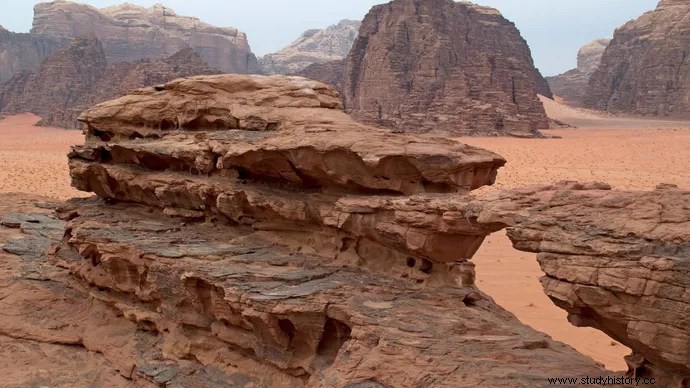
ECONOMY
The city's well-distributed economy is due to the extensive spread of trade and commerce. Even the well-built construction, communication and public tools make it financially stable. The official currency here is the Jordanian dinar. It enjoys its special status in the EU Js
Foreign Relations
Mostly foreign policy as Western. It has always shared close allies with Britain and the United States. For some time; when Jordan was pro-Iraq; its relations with other countries deteriorated, which was restored when it took an active part in the sanctions agency Iraq at the UN. In 1999, after Hussein's death, relations between the Persian Gulf and Jordan improved.Although Israel and Jordan over time have had few conflicts over the Christian and Muslim places in Jerusalem; it has been better since the past.
Jordan is the most important founding member of the Arab League and Islamic Cooperation. Being part of the European neighborhood policy, it also enjoys elite status there. The Arab League received 5 years of development assistance from the Gulf Cooperation Council (GCC)
Military
It was in the year 22 October 1920 that the first Jordanian army was established and called the "Arab Legion". Now known as the Jordan Armed Forces; they have always been very effective during every war. One of the most professional armies in that region is considered to be The Royal Jordanian Family with well-trained army, consisting of around 110,000 XNUMX personnel, is considered to be among the most professional in the region. It also has the support of the United States, the United Kingdom and France. Jordan is also known for offering training or groups in Arab countries.
Jordan has always been an active member of the UN peacekeeping mission. There are troops from the country who also work in UN peace across the globe. It has played a huge role in times of conflict and disaster.
Jordan has also solidified its presence by joining campaigns and groups against terrorism.
Transport
Ranked among the countries with good infrastructure and also one of the highest ranked countries when it comes to "development". The main reason for this infrastructure being good is that it functions as a busy transit country for goods and services to neighboring countries. There are still basic projects that focus on future vision and development. With three major international airports; it serves as a hub for both travel and trade. It also has large ports. One of such ports - "Port of Aqaba" was ranked as "Best Container Terminal"; it is a gateway to local and international business
Tourism
Tourism plays a major role in Jordan as a source of economic growth and employment. Most tourists come here from Arab and European countries. Although there was a slight decrease in the number of tourists from 2010-2016, but it began to become son after.
PLACES TO SEE IN EARTH
1.Ajlaun castle -
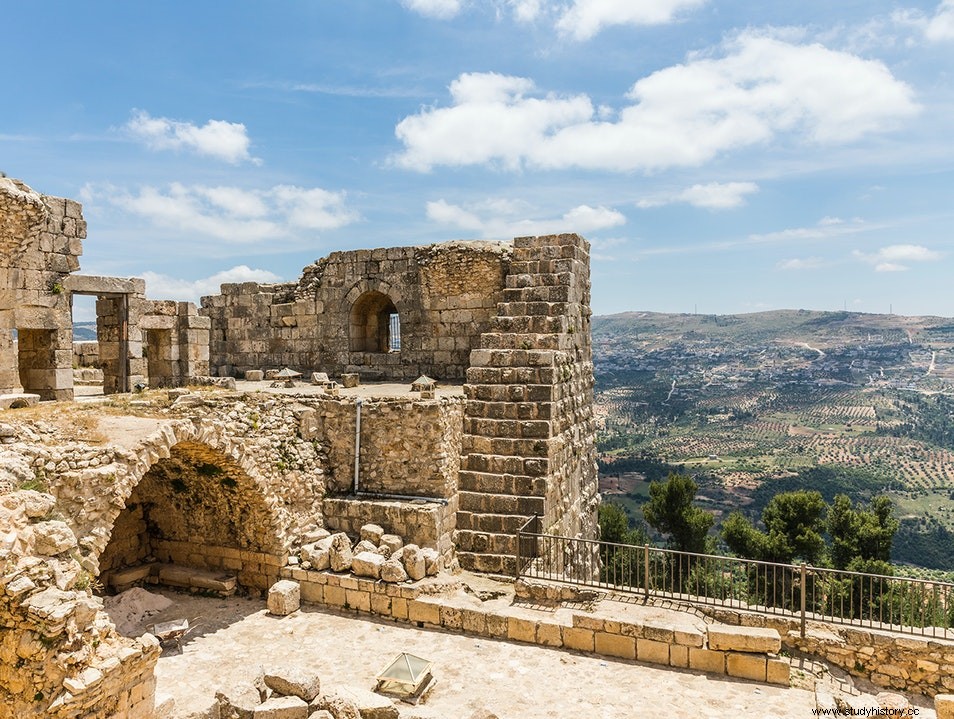
- Being a famous tourist attraction and sitting on top of Mount Auf is a remarkable historic castle built by Saladin as a strategic link to invaders.
- From the castles; The Jordan Valley can be seen thoroughly.
- The interior and monumental design give historical feelings.
2. Akababukten-
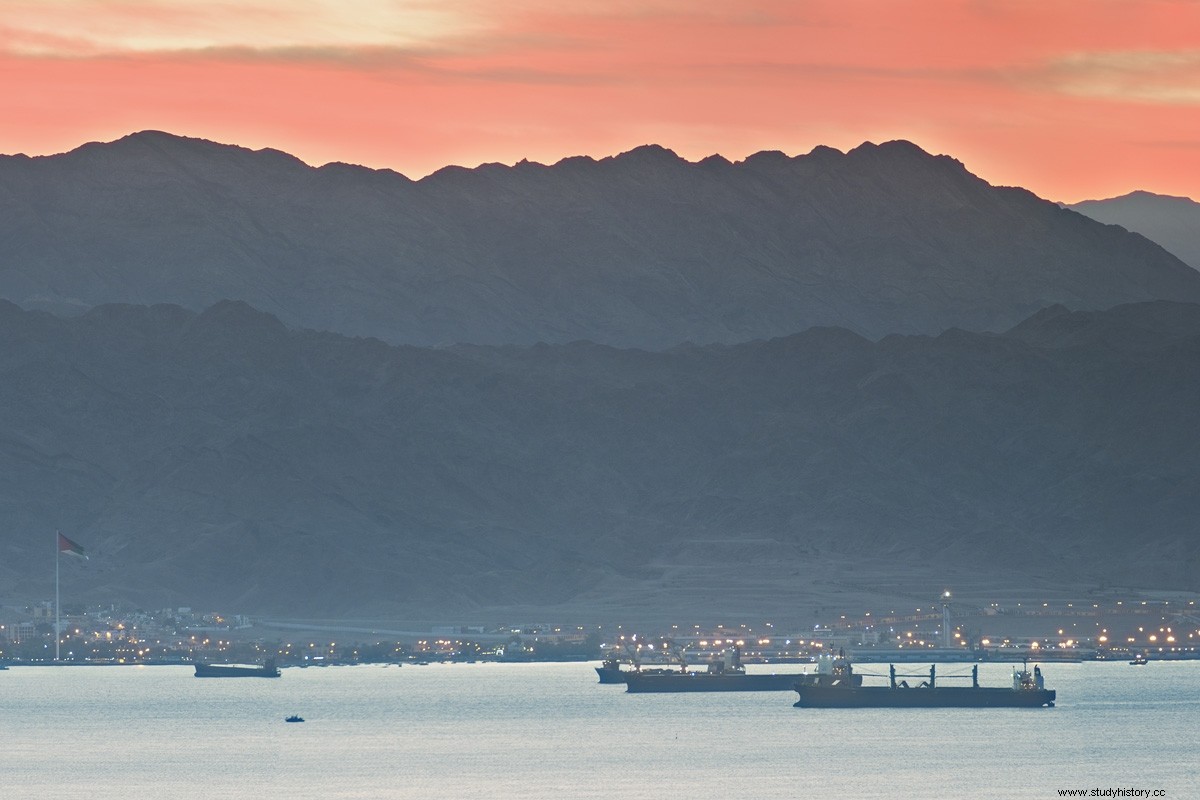
- Being known as a very important center for phosphates and shellfish exports; the place has the landmark flagpole Aqaba; which is the third largest in the world.
- The scenic view from the mountains and blue water is a feast for the eyes.
- There are also many water activities to enjoy.
3.Wadi Musa -
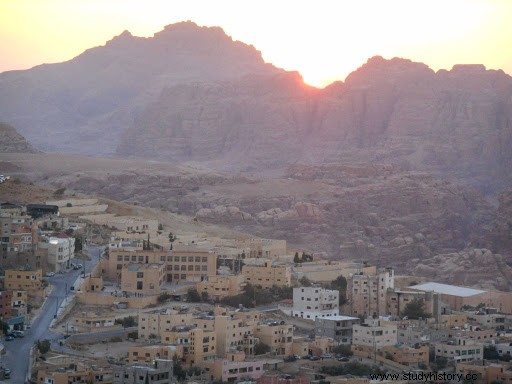
- Spurned near Petra and known for its houses, shops and restaurant; it is a beautiful city known as the "new Wonder of the World". Exotic cafes and pubs are added to beauty.
- The ultimate rejuvenation here is the Turkish bath.
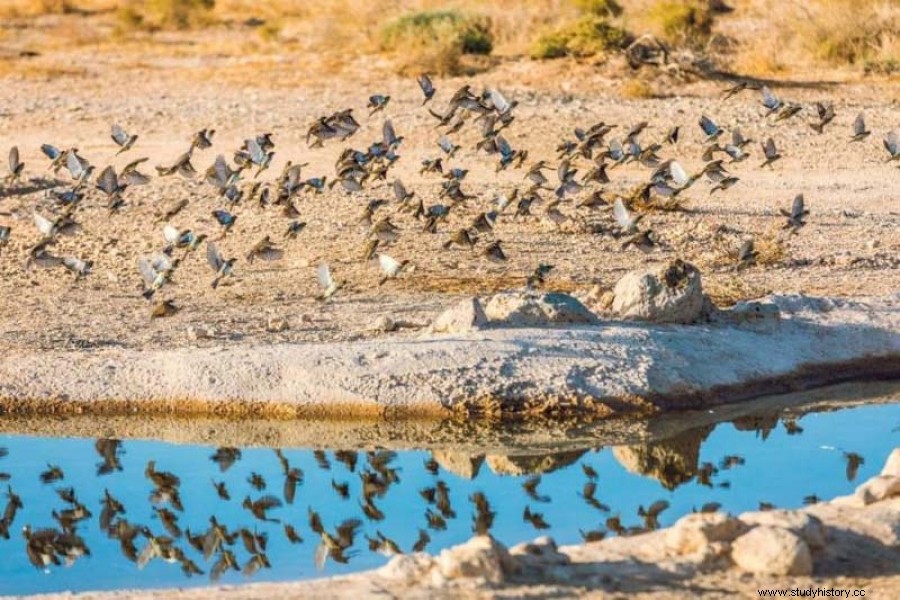
- Established in 1975, and cited as one of the best tourist sites in the nature reserve; this place is home to endangered species.
- Tourists can learn about protected environments and desert habitats.
- There is a small zoo available to spot species and birds.
5.Kongens motorway
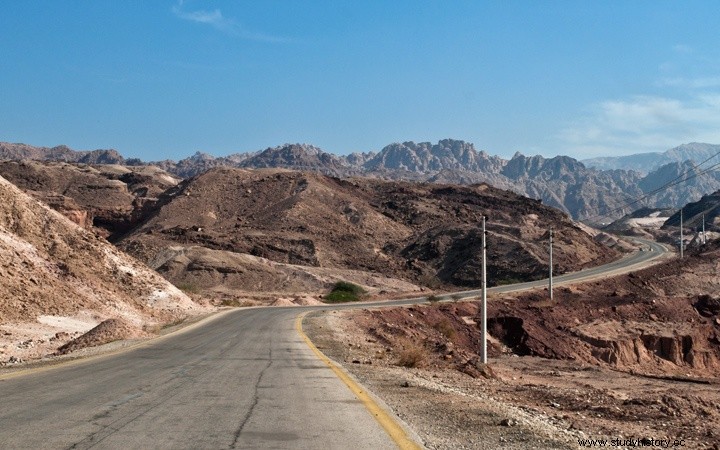
- Dating back to 3000 years ago and connecting Syria to the Gulf of Aqaba; it is a very famous trade route.
- Tourists can enjoy many of his countries The most popular trade route in Jordan connecting the Gulf of Aqaba with Syria.
- Many historical sites are on their way here.
6. Azraq Wetland Reserve -
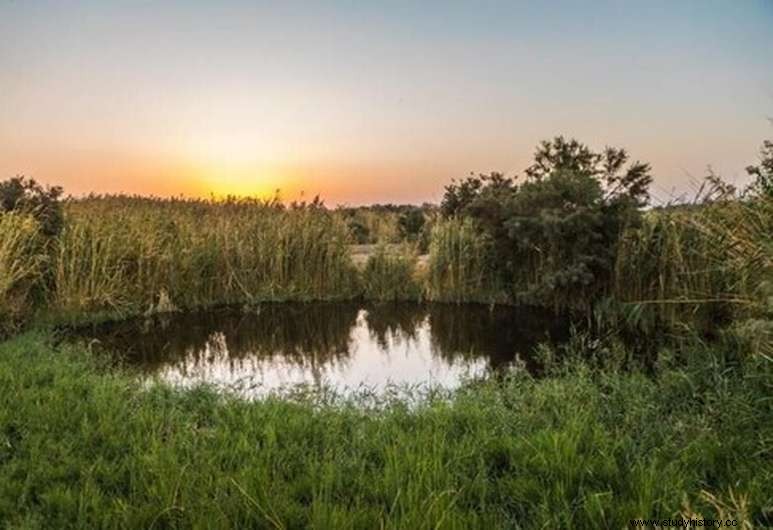
- Created in 1978, for birdwatchers and nature lovers, this is one of the best places.
- Protected migratory birds are kept here together with museums on the premises which depict the great history of the place and the nearby wetlands.
- One of the main goals is to educate visitors.
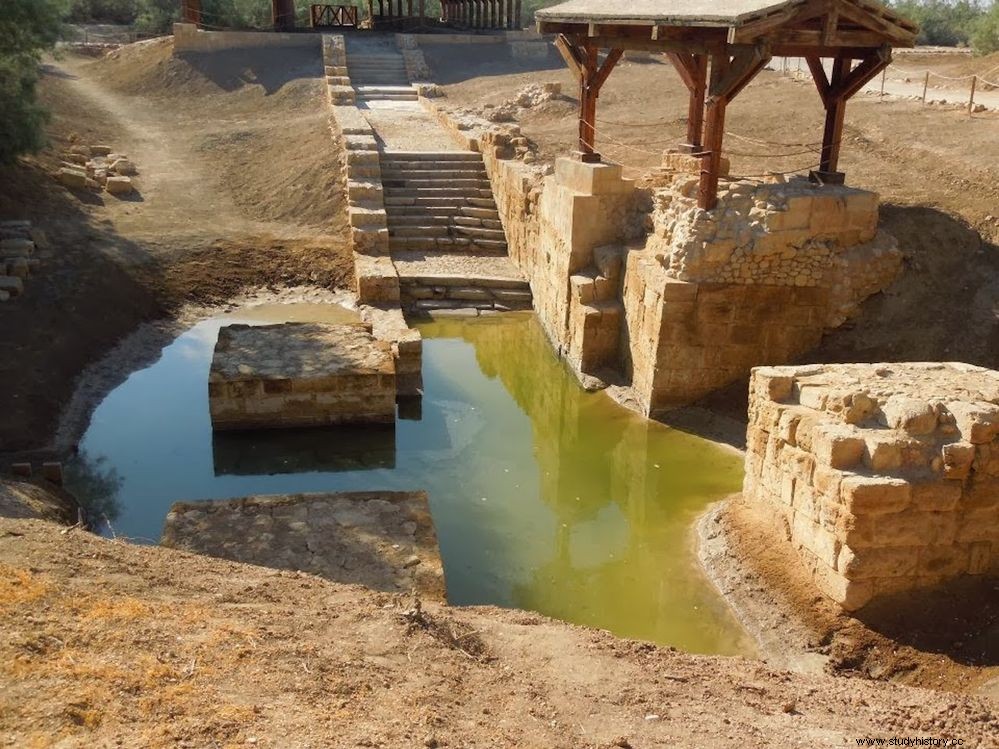
- This is a very famous place; it is the same holy place where baptism was given to Jesus Christ and the Jordan River became holy water.
- It has been a worshiped place of pilgrimage ever since; especially after a church was built in the 5th century.
- Even to date; there are monasteries, chapels and other shrines and churches.
8. Royal Automobile Museum
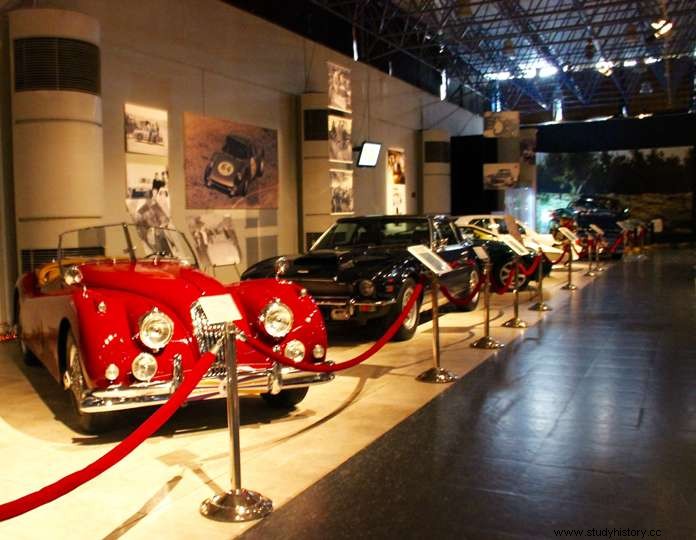
- King Hussein had a great interest in cars, and this was built to celebrate it.
- A place extremely popular with car lovers; the place has a great collection of luxury cars dating back to 1916.
- With more than seventy motorcycles and classic cars on display; it's a literal haven for car lovers.
9. Pella -
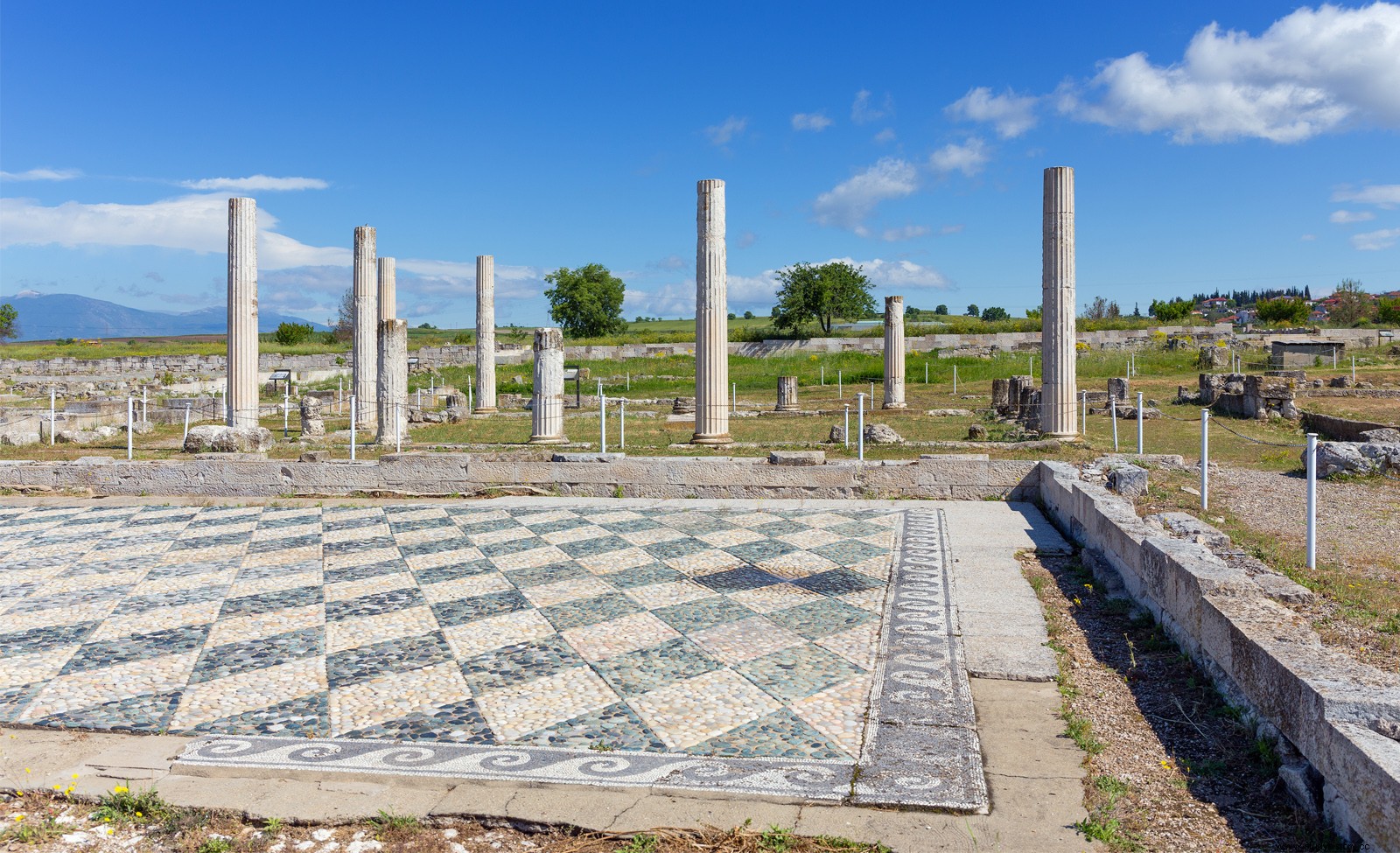
- Known as "Tabaqit gal" and located among the rising hills. It is one of the oldest cities in Jordan.
- It's almost like an archeological favorite because of its richness in antiques and monumental culture.
- Some Roman baths, theaters and fountains are major attractions here.
- It can be easily commuted from Amman. In the spring, the place looks fantastic with fascinating views.
10th Temple of Hercules
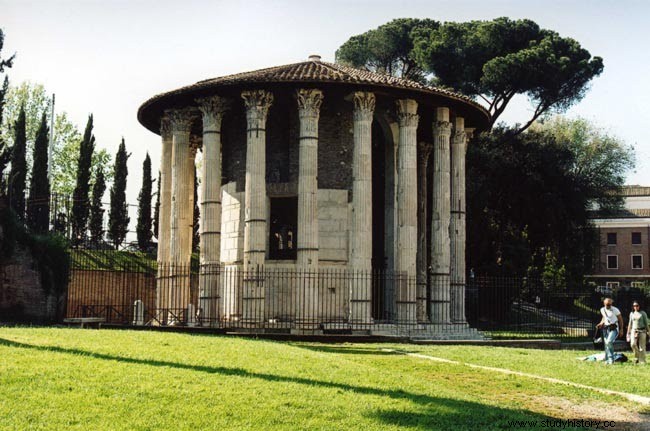
- - This temple is located on Citadel Hill's Peak and offers great views of Amman.
- The notable feature here is the statue of Hercules' giant hand.
- Built under the government of Geminius Marcianus; this place is a must visit if anyone wants to know the past of Amman
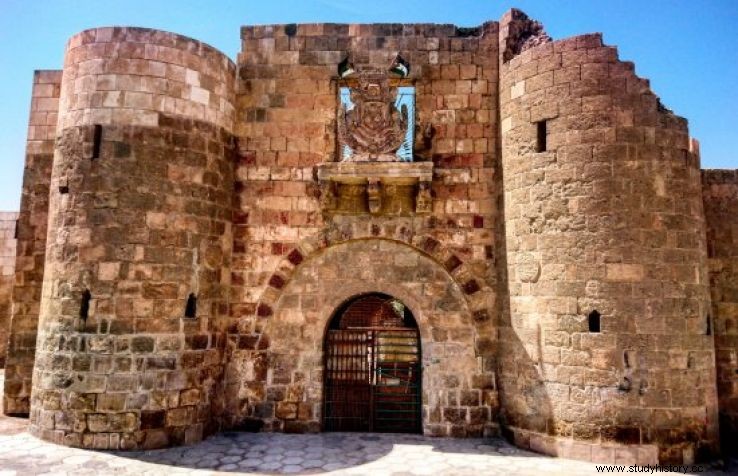
- Built in the 12th century, and also known as Mamluk Castle; this fortress reflects the rich Aqaba history from every inch of the castle.
- The glory of the ancient period can actually be depicted from here.
- Designed in a rectangular shape with protruding towers; the place is a home to splendor.
12. Dead Sea
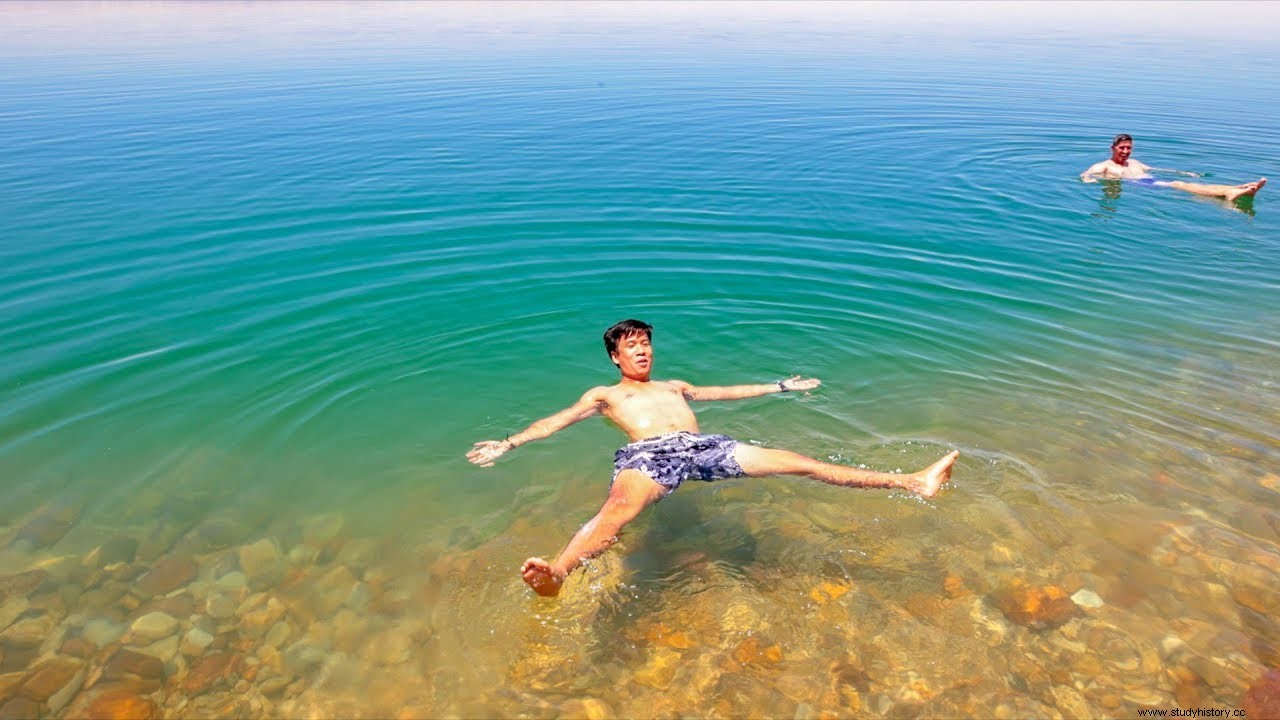
- The mineral-rich mud is known for its salt water and is world-famous for its therapeutic properties.
- People from all over the world come here.
- This mud has several uses and is widely sold in many countries.
- Tourists can definitely enjoy strolling around and playing with the lively water
13. Wadi Bin Hamid -
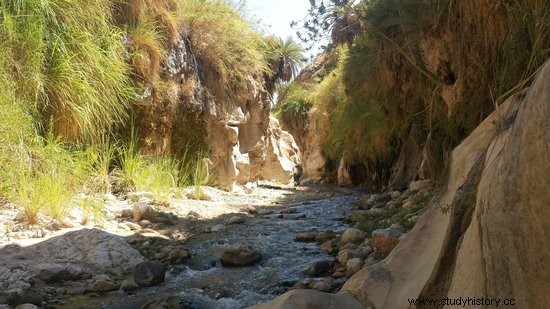
- Located in Kerak, Jordan; An incredibly good place for sightseeing is Wadi Bin Hamid.
- With hanging garden and lush palm trees; the place sees impressive and fascinating views of natural beauty.
- People come here for a great hiking experience too.
14. ruins at Umm Qaiz -

- With fascinating plinths and amphitheaters; this northern city is widely known for its proximity to the city of Gadara.
- The place offers a magnificent view of the Golan Heights.
- It is famous for its houses, basalt pillars, beautiful tombs, temples, Roman shops, streets, etc.
15. Ma'in HotSprings
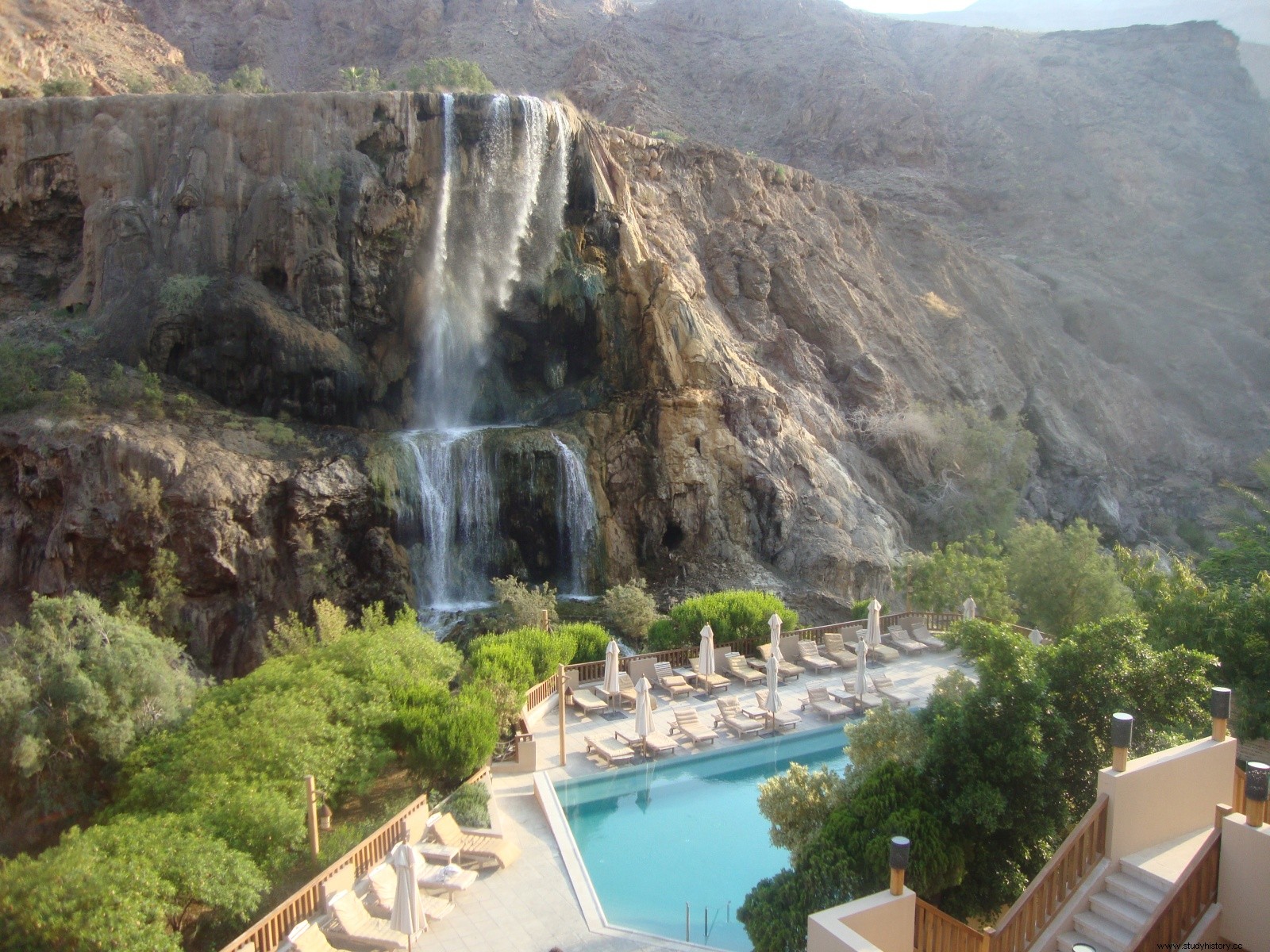
- - Located in a hotel, but known for its amazing thermal waterfall; this place is enjoyed by thousands of visitors every year.
- They enjoy the mineral-rich waterfall in addition to the second series offered by the hotel.
- These services include - water bath and shower, hydromassage and mud facial. Located between Madaba and the Dead Sea; and about 246 m below sea level.
Jordan is a must-visit place if someone is a nature enthusiast and at the same time does not mind diving deep into history. The castles, the reserves, the leisure activities - everything is magical in itself.
